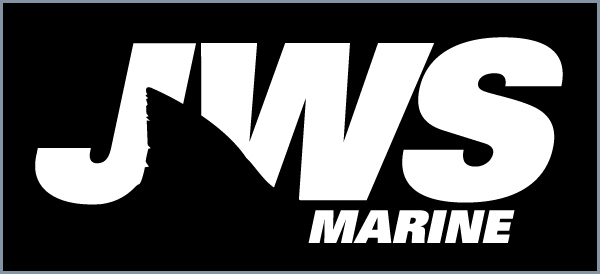I learned more of the history of the MT6, which is sunk in Elliot Bay, from the Puget Sound Maritime Historical Society.
Rather than try and retell it’s life story I capture some quotes from that organizations monthly journal here:
Formally the Tacoma, it was “a ferry that took trains across the Columbia River 100 years ago.” “She was the reliable workhorse that the Northern Pacific Railway Company needed to complete its transcontinental service from Duluth, Minnesota, to Puget Sound.” “The massive railroad ferry became an icon for [the town of] Kalama, her home port.” “A product of the industrial revolution that crossed the Atlantic, Tacoma brought a mammoth representation of 19th century mechanical engineering to a fledging corner of North America.”
“The Northern Pacific Railway Company contracted with Harlan and Hollingsworth Company of Wilmington, Delaware, to build an ‘Iron Steam Transfer Boat’ for the staggering price of $400,000.” “The vessel was completed in the summer of 1883.” At the time, she was, “the second largest ferry in the world.”
“February 1884: The ferry package in labeled boxes, arrives in Portland, in 57,179 pieces.”
“October 1884: The ferry carries its first freight cars”
1903: “President Theodore Roosevelt’s tour of the west, which included… a whistle stop in Kalama on May 22, undoubtedly entailed ferrying the presidential train across the Columbia River on Tacoma.”
“In 1908, after 24 years of service” supporting the booming rail transportation industry, “the iron transfer boat was no longer needed. The railroad bridge across the Columbia River at Vancouver, WA, was completed… and the Tacoma made her last run on December 25th.
“In 1909 she was [re]assigned to transport rock to build the North Jetty at the mouth of the Columbia River”
“Milwaukee Railroad purchased the vessel in 1917 and towed her to Puget Sound, where she was stripped down, renamed Barge No. 6, and used to transport railroad cars across the Sound.”
“In Seattle’s Elliot Bay, on the morning of January 1st, 1950, the 6000 ton freighter Fairland was trying to avoid a tow of logs. She collided with the Milwaukee Barge No. 6 (formerly Tacoma) that sank in 20 minutes. Her crew of four were rescued by the tug Sandra Foss. There were 19 railcars aboard her – of which 15 were loaded with lumber. Six of these broke loose and floated ashore where they could be recovered. They were lifted aboard another rail-barge by cranes from the Foss Company who had the salvage contract.”
Credit: The Sea Chest. Journal of the PSMHS. Dec 2007

